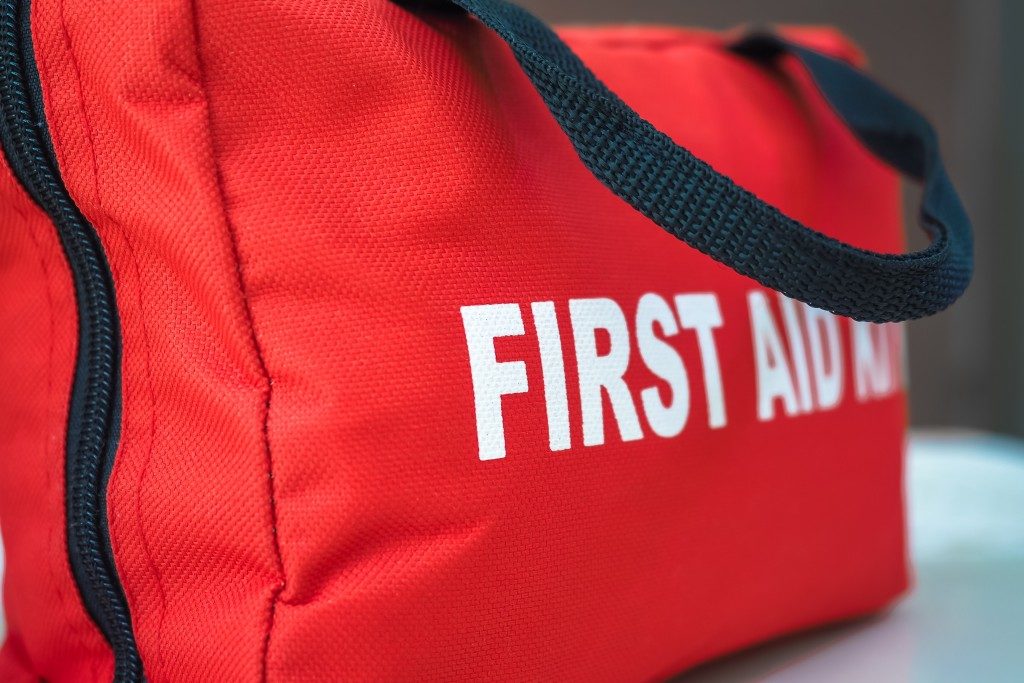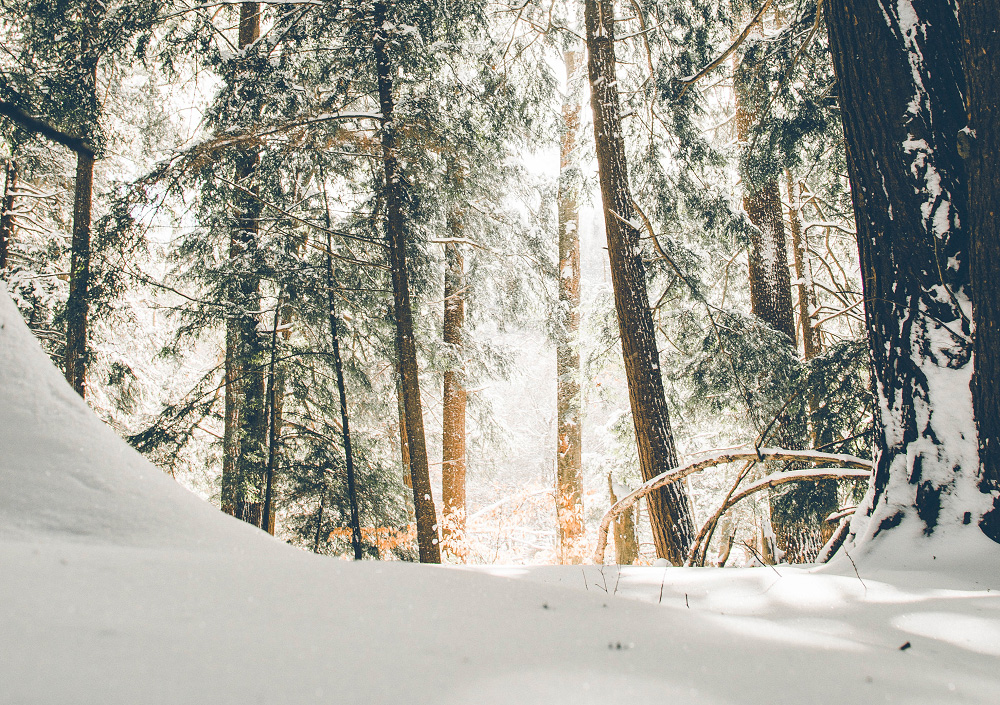The cold winter days present all sorts of challenges. Knowing what to do in a seemingly normal day or in case of an emergency spell the difference between life and death. We’re not just talking about being on a Grande Prairie sidewalk with thick snow to plow so you can get out of your house. You also need survival skills in case you’re outdoors.
Winter Survival Skills You Need to Know
Make a Shelter.
You must protect yourself from the elements, especially the cold and winds, to not risk hypothermia or frostbite. If you’re in the open, get below the treeline as it gives you better survival chances. They serve as windbreakers and provide fuel for a fire. If you’re pinned down or someone in your party is injured preventing you from seeking shelter, build one instead. A snow pit provides great insulation. Keep it as enclosed as possible and don’t sleep directly on the ground. Get a blanket or cover the ground with some leaves, grass, or moss. If you’re stranded in a car under extreme weather conditions, unless you are in a dangerous or remote area, do not leave your vehicle.
Build a Fire.
Always have firestarters in your bug-out bag. Simple things like cotton balls coated with petroleum jelly or cartons dipped in wax come in handy for situations like this. The fire you build does not have to be big. It is better to keep it small and contained to not run out of firewood fast. Build wind blocks around it or platforms underneath to make the task easier. Here are some tips and tricks on starting fires in snow.
Administer First Aid.

It is important to treat any injured members of your party first. Stabilize the victim’s condition and then move them to an insulated sleeping pad as quickly as possible to prevent hypothermia from setting. It is important to note that you must immobilize the injured person to prevent them from further harming themselves. Keep them warm as much as you can since winter rescues take longer. Learn more about first aid and get yourself certified.
Stay Hydrated.
Staying hydrated is a defense against hypothermia and frostbite. If you don’t have any nearby water sources, you can melt the snow to drink. If you do not have a pot to melt snow in, put some in a water container and stick it in your jacket to melt it. Just make sure you already have a fire going before doing this, otherwise, you will risk losing body warmth in the process. Even if you run out of food, fire and water will keep you going until your rescue has arrived.
Get Found.
A responsible traveler will always notify someone of their plans and destination. This includes back up plans for when SHTF. Take note, though, that most rescue teams will let the night or a bad weather condition pass before going out on a SAR op. In case no one knows you’re missing, you will have to build an SOS using fire, smoke, or mirrors. It might also be wise to bring along extra communications gear.
What You Need to Do in Case of Emergency
- Do not panic.
- Have an emergency plan and stick to it.
- Get your emergency kit.
- Ensure your safety before assisting others.
- Stay tuned to media for the latest updates and instructions.
- Stay put until rescue arrives.
When you’re prepared for the worst, you have more peace of mind. Taking appropriate actions improve people’s survival chances. The life you save may be your own.



















